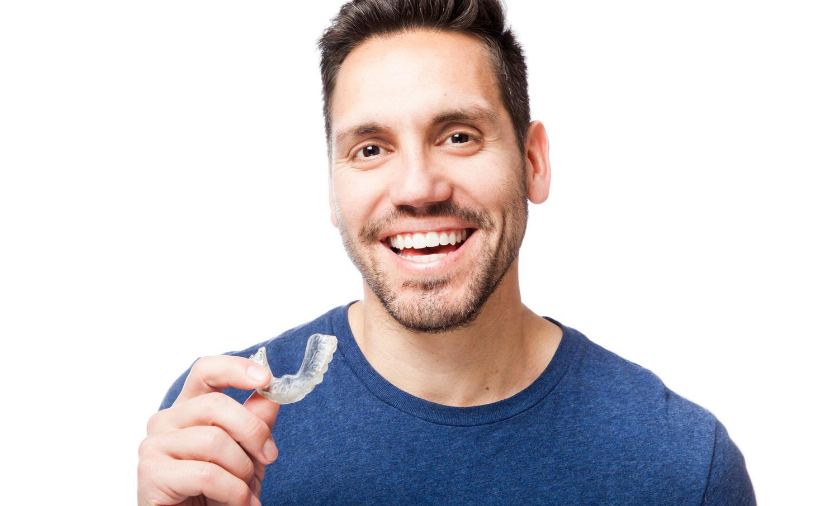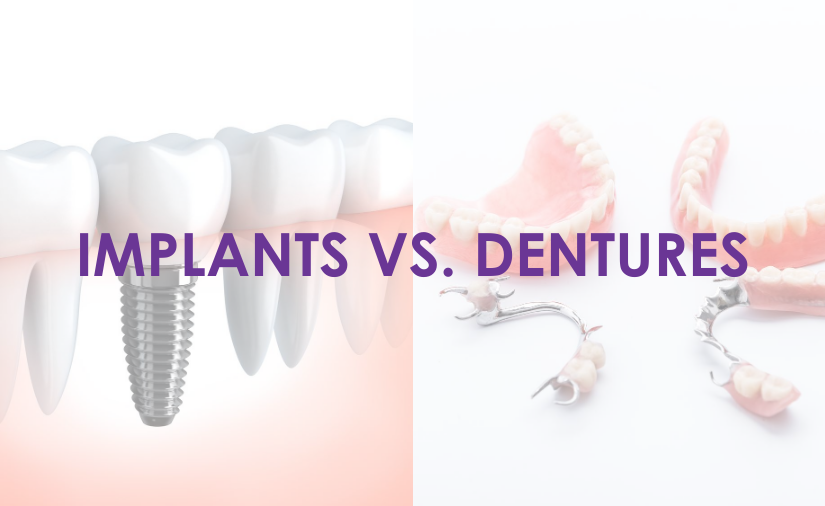By: Dr. Elizabeth Eggert
When a tooth is severely damaged – for example, from a large cavity, a fracture, or a failed filling – a crown may be necessary to restore the function and appearance of the tooth. However, if too much of the tooth is missing to support the crown, it may be necessary to rebuild part of the tooth.
A core buildup can be part of the process of preparing a tooth to receive a crown. For the crown to be successful, there are minimum size requirements for the height, width, and taper of a tooth. A core buildup ensures the tooth has a strong foundation and is stable enough to support the crown.
Is a Core Buildup Always Necessary for a Crown?
If a tooth has not suffered significant damage, Dr. Elizabeth or Dr. Jeff can often prepare the tooth for a crown without doing a core buildup. However, if the tooth is badly damaged, for example because of a fracture or an existing large filling, a core buildup is an essential part of the preparation for a new crown.
What Is a Core Buildup Made Of?
Dr. Elizabeth and Dr. Jeff usually use a composite resin or a resin modified glass ionomer to create the core buildup. Although metal-based materials have been used in the past for core buildups, they require a more invasive preparation of the tooth enamel and require an additional appointment to give the material time to fully set. By using a resin material, more of the original tooth can be saved because of the ability to bond to the tooth, which tends to result in better crown retention. Also, the material can be prepared right away and on the same day!
What Is a Post, and When Is It Needed?
When a substantial amount of the original tooth is missing and the tooth has had a root canal, Dr. Elizabeth or Dr. Jeff may need to add a post to help hold the resin material of the core buildup. The ability to use the root canal space allows for even more support for the new foundation.
Is the Core Buildup Done at the Same Appointment as the Crown?
Completing a core buildup typically takes about 5-10 minutes. If placement of a post is needed, the appointment may take longer. When the core buildup is finished, Dr. Elizabeth or Dr. Jeff can use the CEREC crown restoration system to create your new crown in minutes.
If you think you may need a crown, call our office at 651-482-8412. During your oral exam, Dr. Elizabeth or Dr. Jeff will determine whether you need a crown and a core buildup.
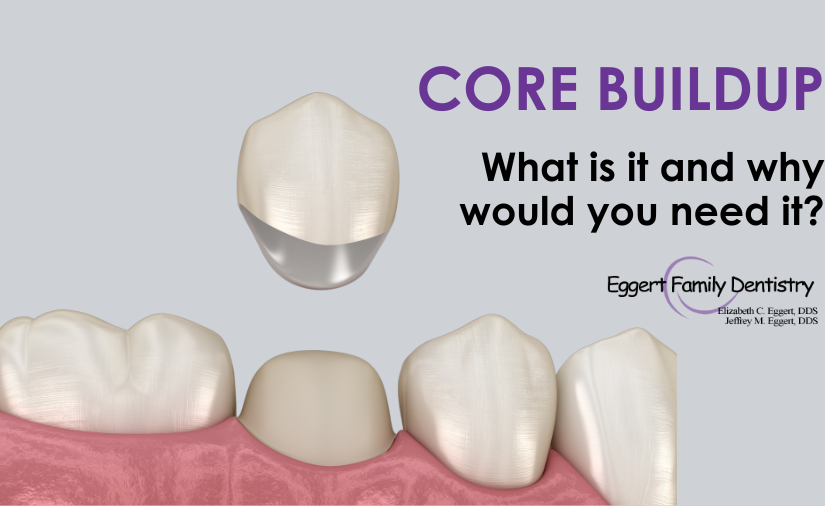

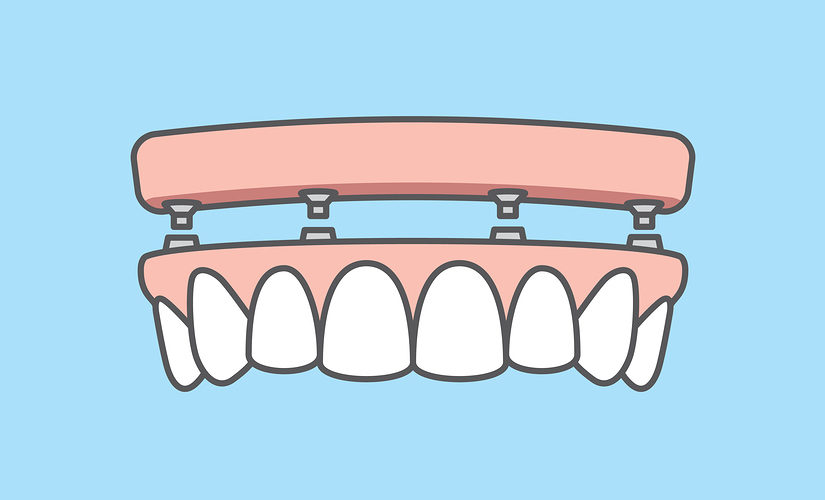
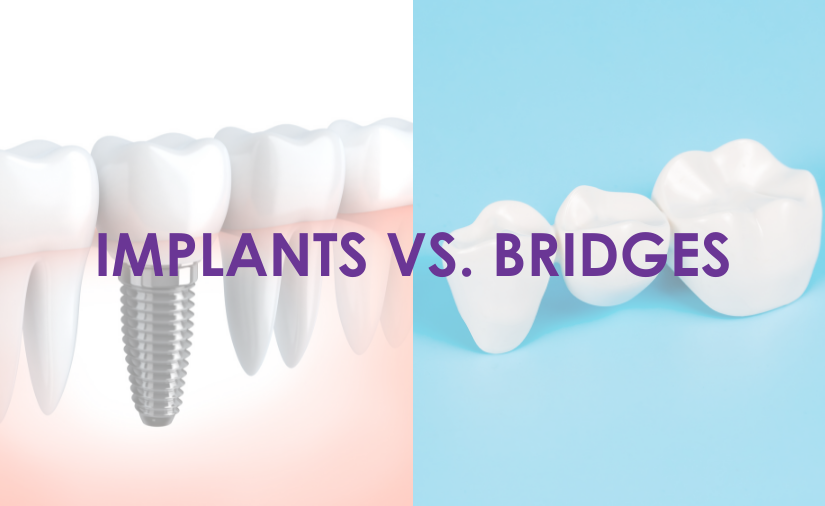
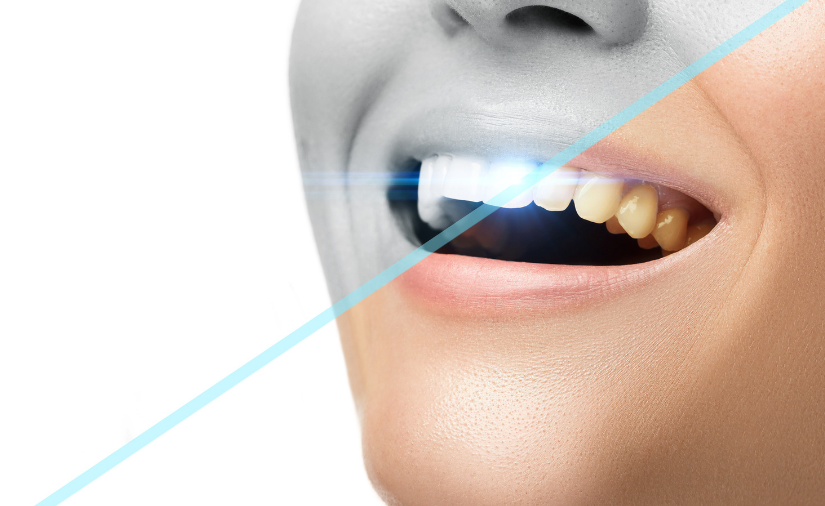
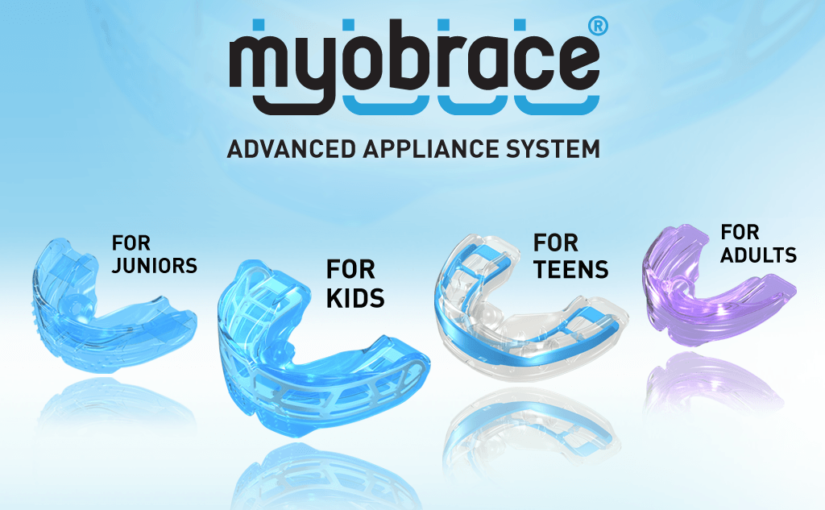


 One of the biggest perks of
One of the biggest perks of 
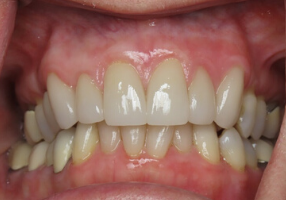 A
A 
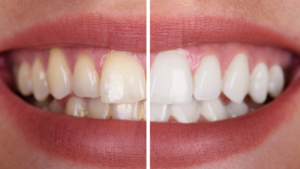 Teeth whitening: Over time, teeth become stained from certain foods, beverages, medications and smoking. Eggert Family Dentistry has many great options to help restore your pearly whites. We provide professional-grade strips and whitening trays that are more effective and gentler on your teeth and gums than their over-the-counter counterparts. Dr. Elizabeth and Dr. Jeff also offer the Zoom and
Teeth whitening: Over time, teeth become stained from certain foods, beverages, medications and smoking. Eggert Family Dentistry has many great options to help restore your pearly whites. We provide professional-grade strips and whitening trays that are more effective and gentler on your teeth and gums than their over-the-counter counterparts. Dr. Elizabeth and Dr. Jeff also offer the Zoom and 
 Tooth replacement: Losing permanent teeth can happen from trauma to the jaw, from gum disease or from tooth decay. Regardless, it can be an awkward situation and one that most people want to remedy as quickly as possible. If you’re dealing with missing permanent teeth, you have some excellent options. These options include dental implants, bridges, partial dentures or full dentures.
Tooth replacement: Losing permanent teeth can happen from trauma to the jaw, from gum disease or from tooth decay. Regardless, it can be an awkward situation and one that most people want to remedy as quickly as possible. If you’re dealing with missing permanent teeth, you have some excellent options. These options include dental implants, bridges, partial dentures or full dentures.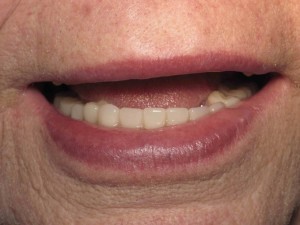 Full Dentures: Full dentures are full sets of upper and/or lower artificial teeth that are suctioned into place and removable for cleaning. While they can take some getting used to, they start to feel more normal over time. Full dentures will eventually become loose as bone mass degrades.
Full Dentures: Full dentures are full sets of upper and/or lower artificial teeth that are suctioned into place and removable for cleaning. While they can take some getting used to, they start to feel more normal over time. Full dentures will eventually become loose as bone mass degrades.